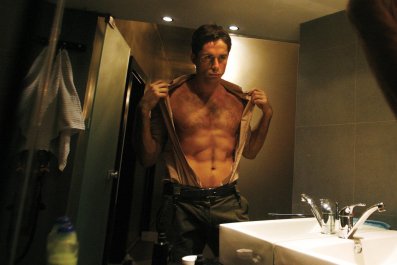In the darkest, dankest, most disgusting muck, whether in the slop of sewage or the dead zones of coastal waters where fertilizer runoff sucks oxygen out of the sea, certain bacteria not only survive—they thrive. And more than that, they generate electricity. These exoelectrogenic microbes, as they're called, manage to get the oxygen they need out of minerals containing oxides, like, say, iron oxide. In a sense, they breathe rust. And in the process they generate electrons. Many researchers are studying ways to try to convert this process into a useful means of generating energy, and some of the most promising work has been done at Stanford University. There, engineers have figured out a way to connect colonies of these microbes to tiny carbon filaments capable of conducting current. They call their creation, which looks like a bottle of murky water, a microbial battery. In Proceedings of the National Academy of Sciences, the engineers say they expect their process could extract from 30 to almost 50 percent of the energy stored in sewage and in dead zones. It's a smelly job, no doubt, but these microbes can do it.
Microbial Batteries Use Microbes to Create Electricity























